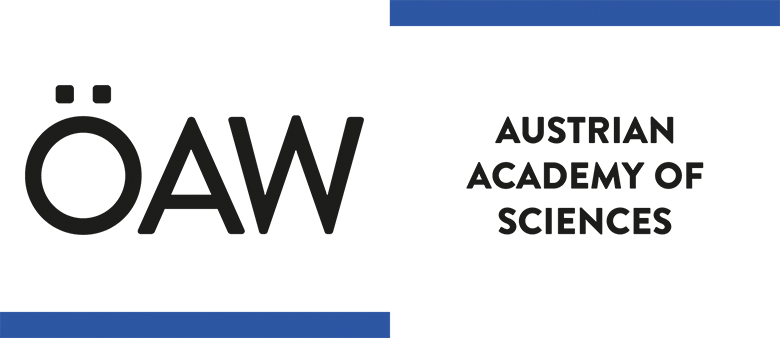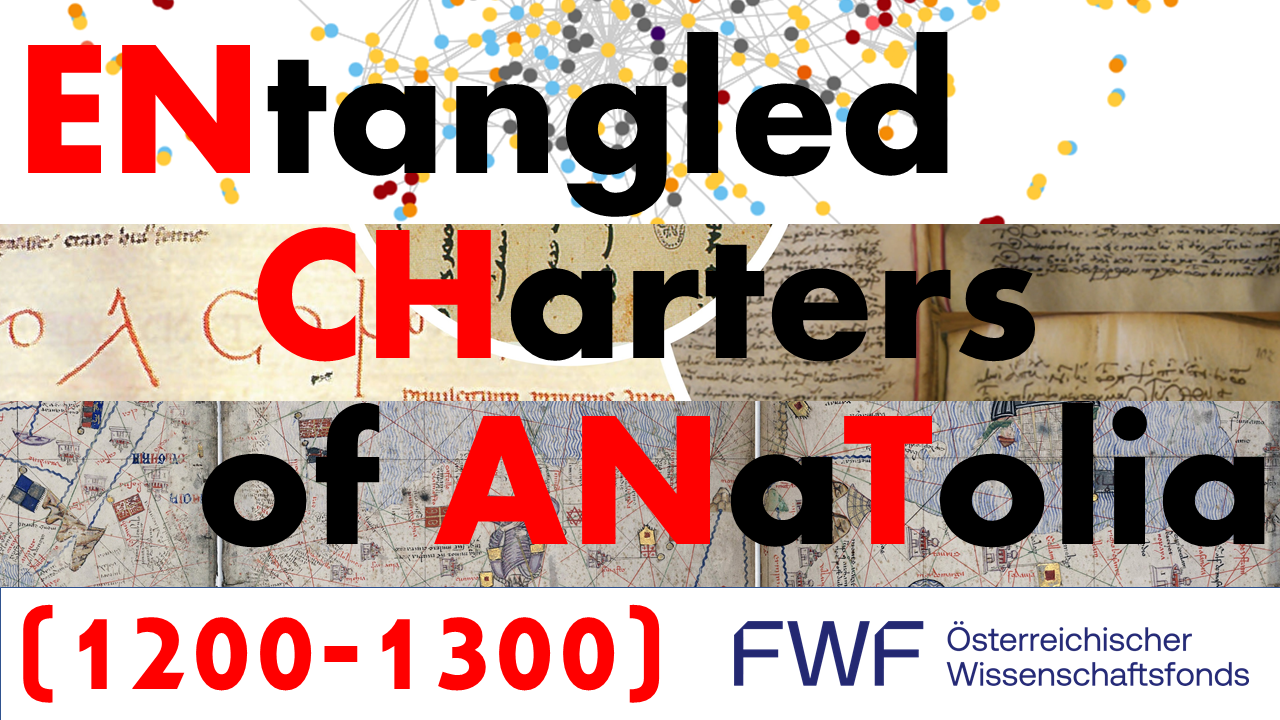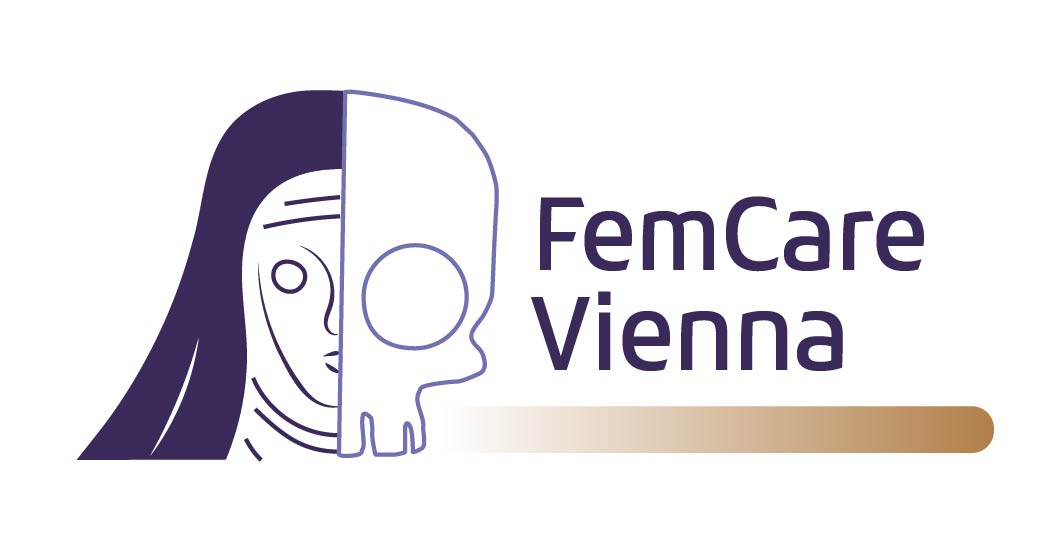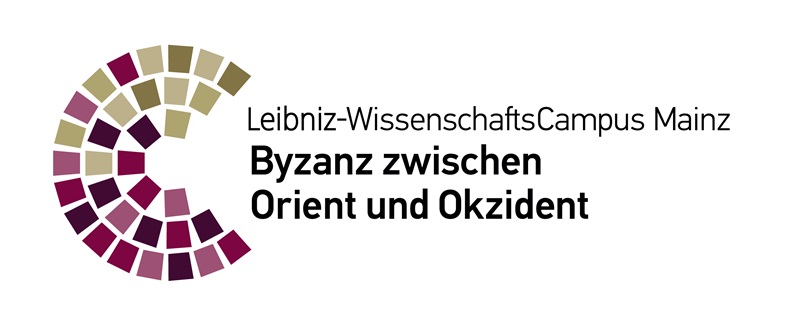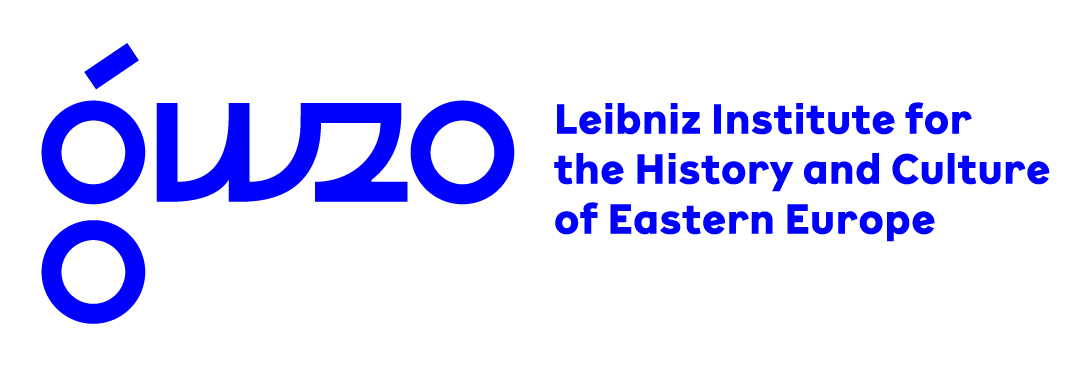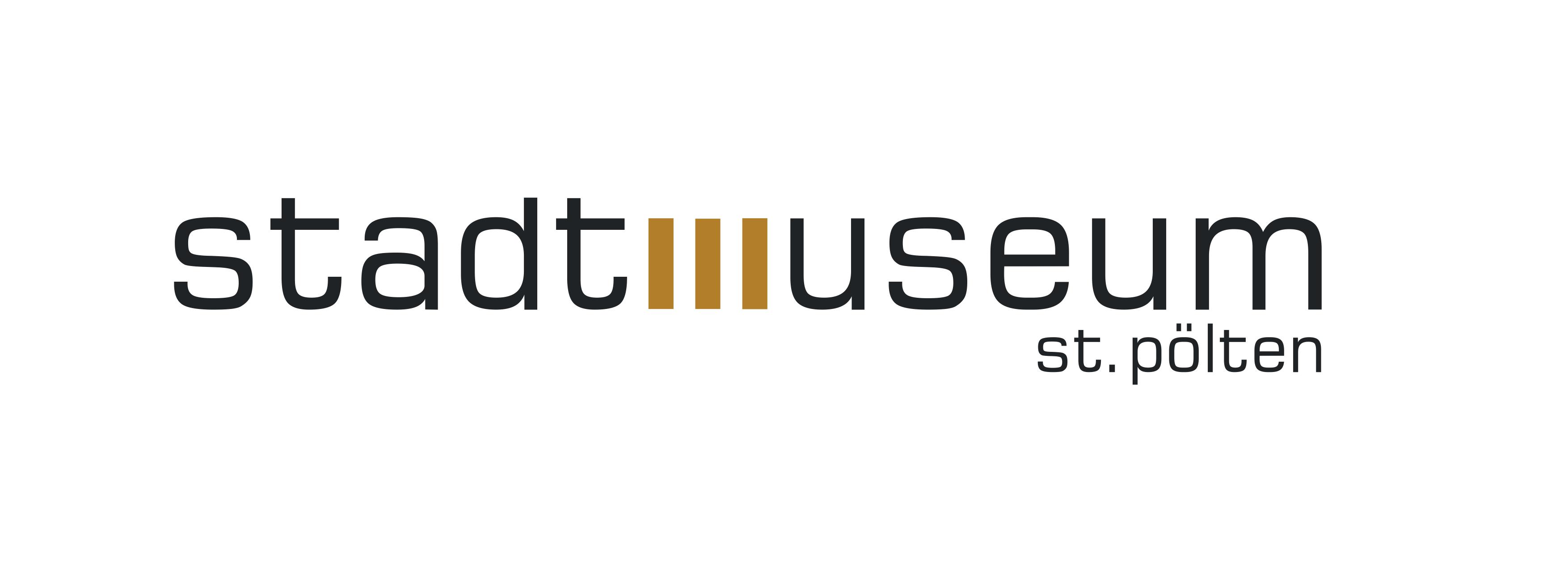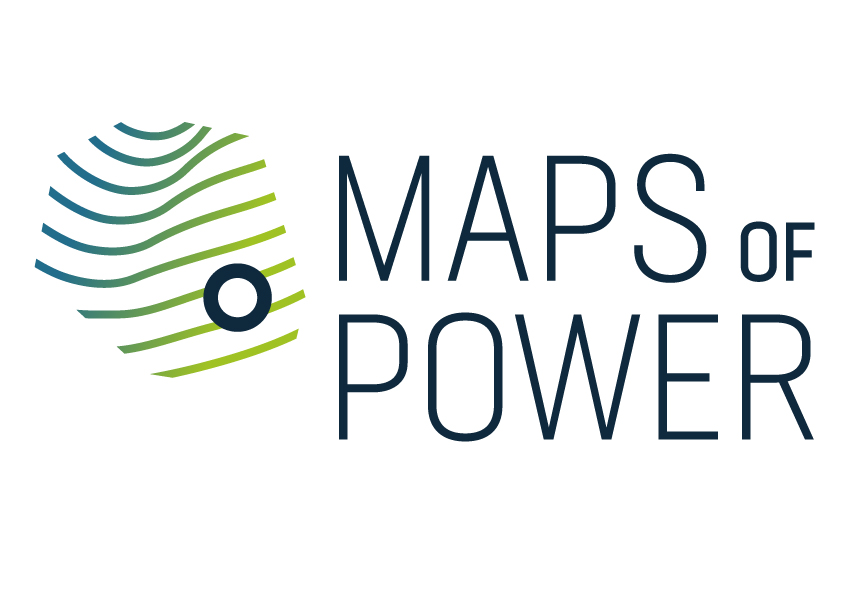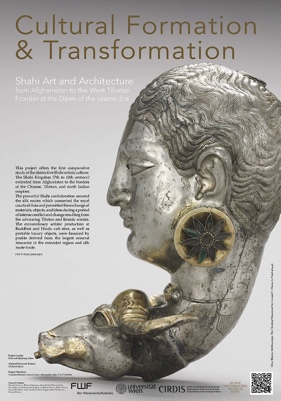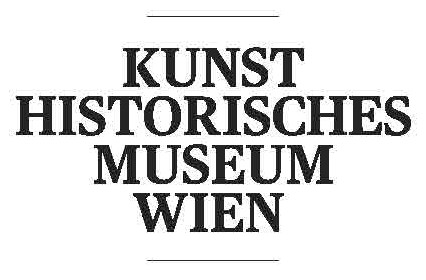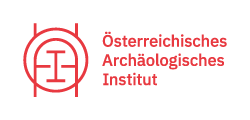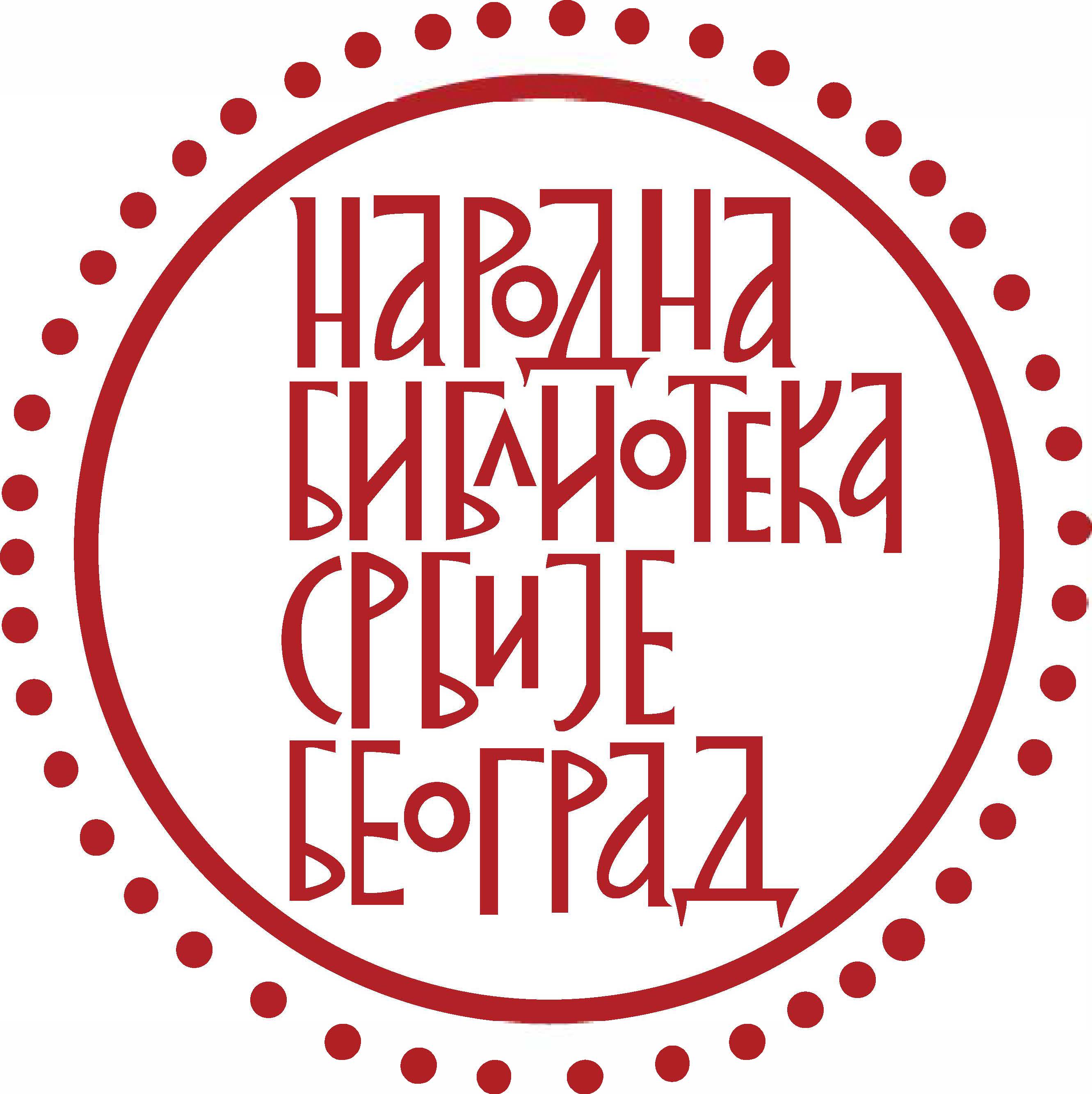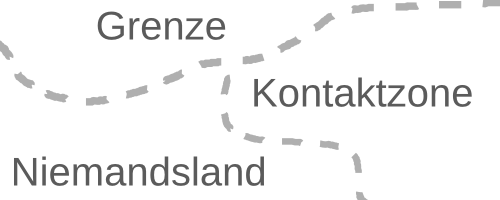Projects
Listed below you can find projects from different fields of the humanities that used or are currently using OpenAtlas for their research. These projects cooperate closely with the OpenAtlas team. Their requirements and requested features were and are implemented within the main development of the software.
Epigraphies of Pious Travel
2021 - ongoing, PI: Rachael Helen Banes, Andreas Rhoby
Resulting project data can be explored at the
presentation site.
The Epigraphies of Pious Travel project (FWF project I 5286-G25) collates and contextualises graffiti written by pilgrims in the eastern Mediterranean during the Byzantine period, c. 300 – 1500 CE. Through collaboration with OpenAtlas, the project will produce a digital corpus of material in the Greek language. Not reliant on a wealthy patron, graffiti written by pilgrims provides an insight into Byzantine religious ritual and the experiences of a larger cross-section of the population.
ENCHANT
2023 - 2026, PI: Johannes Preiser-Kapeller
Resulting project data can be explored at the
presentation site.
The Entangled Charters of Anatolia (1200-1300) project (FWF P 36403-G), aims to provide a comparison based on a systematic survey of important artefacts of these efforts, i. e. the documents issued by the state chancelleries of the Byzantine “empires in exile” of Nicaea and Trebizond, Cilician Armenia and the Seljuk Sultanate. The project provides a digital catalogue, a corpus of those documents whose texts have been transmitted at least in significant parts, and a number of publications presenting a comparative analysis of these multifaceted acts of “world (re)ordering” after crisis.
FemCareVienna
2023 - 2026, PI: Michaela Binder
Resulting project data can be explored at the
presentation site.
The FemCareVienna project (FWF individual grant P 36459-G) aims to elucidate the history of medical care for woman through an interdisciplinary study of the historical and bioarchaeological record pertaining to the Hospital of the Elisabethians in Vienna. Central to the project are the life histories of 390 patients from the 18th century whose skeletal human remains were excavated from the hospital cemetery.
bITEM
2023 - 2025, PI: Viola Winkler, Roland Filzwieser
Resulting project data can be explored at the
presentation site.
The Beyond the Item project - short for Beyond the Item - Biographies and Itineraries of Cultural Heritage Objects in Museums and beyond - aims to present well-known museum objects in a state-of-the-art web application that is freely accessible online. The objects and their biographies are vividly described and, in addition to images and texts, 3D models as digital twins, timelines, and story maps are made available.
Approaching Byzantium
2021 - 2025, PI: Nicholas Melvani
Resulting project data can be explored at the
presentation site.
The Approaching Byzantium in Ottoman Istanbul: the Reception of the Byzantine Heritage of Constantinople by Scholars from the Holy Roman Empire in the 16th century project analyzes how visiting the city of Constantinople affected the reception of Byzantium by humanists from the Holy Roman Empire in the 16th century, when the former Byzantine capital was the seat of the Ottoman Empire.
MAMEMS
2020 - 2025, PI: Zachary Chitwood
Resulting project data can be explored at the
presentation site.
The Mount Athos in Medieval Eastern Mediterranean Society: Contextualizing the History of a Monastic Republic (ca. 850-1550) project will constitute the first comprehensive examination of the monastic communities of Mount Athos as independent actors in medieval Eastern Mediterranean society.
DANCEM
2020 - ongoing, PI: Kristin Opitz
The Late antique cemeteries on the Danube project focuses on bringing together and analysing both published and self-compiled archaeological and anthropological data from late antique cemeteries on the Danube Limes and its hinterland between Passau and Budapest to gain deeper insights into the lives and deaths of the people.
MEDCEM
2019 - ongoing, PI: Stefan Eichert
Resulting project data can be explored at the
presentation site.
The Medieval Cemeteries at the Periphery of the Carolingian World project deals with the digital collection and presentation of medieval cemeteries and it is based at the Archaeological Institute of the Czech Academy of Sciences in Prague. All published information is provided online and can be explored via a digital catalogue and within an interactive map. Cartographic visualisations as well as charts and plots are created dynamically based on real archaeological research data.
MOP
2019 - ongoing, PI: Mihailo St. Popović
The Maps of Power project is a research initiative that serves the methodological and interdisciplinary networking of scholars from the field of Historical Geography. It focuses on Historical Ecology, Sacred Topography and Cultural Heritage and sees itself as a scholarly platform that implements its own projects based on OpenAtlas as well as networks in an interdisciplinary fashion through joint projects.
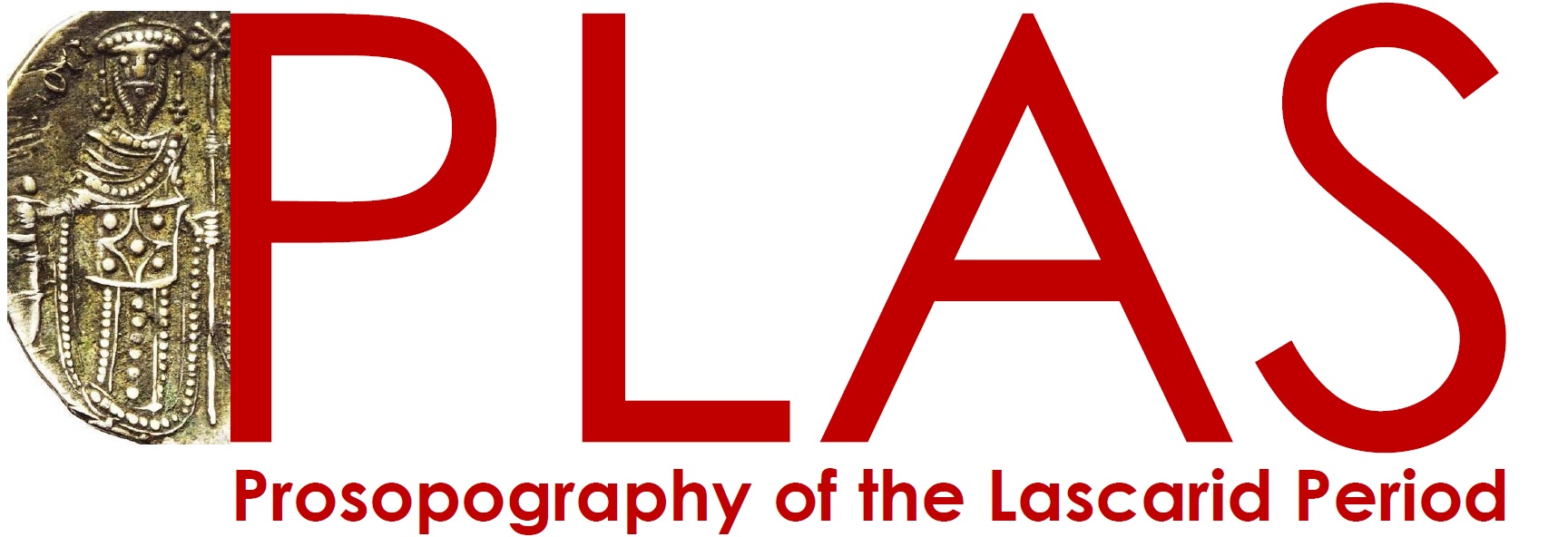
CC-BY-SA 4.0, Ekaterini Mitsiou and
Johannes Preiser-Kapeller
PLAS
2018 - ongoing, PI: Ekaterini Mitsiou
Resulting project data can be explored at the
presentation site.
The Prosopography of the Lascarid Period project aims at creating a prosopographical database of Byzantium in the first half of the 13th century and mapping the complexities of a society in transition.
Shahi
2018 - 2023, PI: Deborah Klimburg-Salter;National research partner: Michael Alram
Resulting project data can be explored at the
presentation site.
The Cultural Formation and Transformation: Shahi Art and Architecture from Afghanistan to the West Tibetan Frontier at the Dawn of the Islamic Era project (FWF, P-31246) considers for the first time the Shahi kingdoms (c. 7th-10th centuries) which played a pivotal role in the history of Central, Inner, and South Asia. Our ongoing research on the primary source material--artifacts, coins, inscriptions, archaeological evidence--suggests that the Hindu-Buddhist culture survived through the end of the first millennium and gradually evolved towards an Islamic culture at the start of the second millennium.
INDIGO
2021 - 2023, PI: Geert Verhoeven, Norbert Pfeifer
The INventory and DIsseminate Graffiti along the dOnaukanal project aims to build the basis to systematically document, monitor, disseminate, and analyse 7 km of graffiti along Vienna’s Danube Canal in the next decade.
THANADOS
2019 - 2021, PI: Stefan Eichert, Nina Richards
Resulting project data can be explored at the
presentation site.
The Anthropological and Archaeological Database of Sepultures project has the aim to create an online repository of all sepultures in nowadays Austria, dating to the Early Middle Ages (ca. 600-1100). It combines the three disciplines archaeology, anthropology and digital humanities.
CONNEC
2018 - 2022, PI: David Natal
Resulting project data can be explored at the
presentation site.
The Connected Clerics: Building a Universal Church in the Late Antique West (380-604 CE) project analyses how a ‘universal’ Late Antique Church was constructed despite the context of political fragmentation that precipitated the end of the Western Roman Empire and its division into smaller polities.
Moving Byzantium
2015 - 2020, PI: Claudia Rapp
Resulting project data can be explored at the
presentation site.
The Moving Byzantium project highlights the role of Byzantium as a global culture and analyses the internal flexibility of Byzantine society. Its main focus is to contribute to a re-evaluation of a society and culture that has traditionally been depicted as stiff, rigid and encumbered by its own tradition.
A Digital Geoportal of the History of the Serbs in Vienna (1741-1918)
2018 - 2019, PI: Mihailo Popović
Resulting project data can be explored at the
presentation site.
The A Digital Geoportal of the History of the Serbs in Vienna (1741-1918) project used biographical data on Orthodox Serbs living in Vienna between 1741 and 1918 in order to illustrate how Orthodox people began to migrate into the Habsburg Empire, how Orthodox merchants settled in Vienna and how they were integrated into Viennese society of that time.
DPP
2015 - 2019, PI: Mihailo Popović
The Digitising Patterns of Power project focused on the analysis of the depiction of space in medieval written sources as well as the interaction between men-made and natural environment and the appropriation of space and the emergence of new political, religious and economic structures of power.
MEDCON
2014 - 2017, PI: Johannes Preiser-Kapeller
The Mapping Medieval Conflict project examined the explanatory power of concepts of social and spatial network analysis for phenomena of political conflict in medieval societies.
Archived at: http://hdl.handle.net/21.11115/0000-000C-D99B-1
Frontier, Contact Zone or No Man's Land
2014 - 2017, PI: Stefan Eichert, Jiří Macháček
The Frontier, Contact Zone or No Man's Land project is an international Austrian-Czech research project sponsored by the Austrian Science Fund (FWF) and Grantová agentura České republiky (GA ČR). It focused on the Morawa-Thaya region as boarder region between nowadays Austria and Czechia in Medieval times.
The Eastern Alps Revisited
2012 - 2016, PI: Maximilian Diesenberger, Claudia Theune
The Eastern Alps Revisited project focused on the transformation of the Late Antique province of Noricum Mediterraneum into an area inhabited by a Slavic-speaking population that eventually became part of Bavaria.

